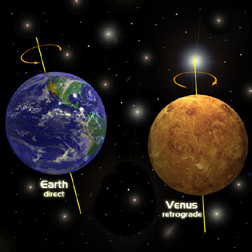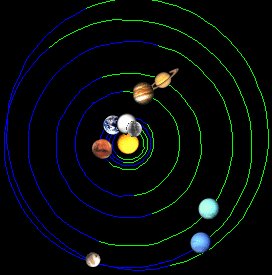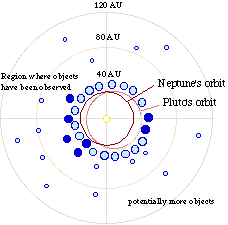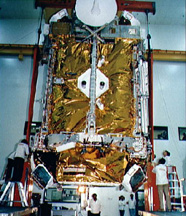Is there any uppermost temperature? Is it possible to measure the temperature in the core of a star?

Temperature has a lower limit, but not an upper one...at least in theory. In the mid-1800s, Lord Kelvin created an absolute temperature scale whereas the lowest temperature possible is 0 K. He came up with this theory using Carnot's theory which is the foundation to the fundamental laws of thermodynamics. To learn more about Carnot's theory, you can read about it in any fundamental physics or thermodynamics book.
Anyways, Kelvin's 0 K has withstood the test of time as the lower limit. Not a single scientist nor anything in nature has been able to reach a temperature of 0 K or less. As for an upper limit, scientists are not willing to make a guess until more about the universe is known.
Some of the highest temperatures in the universe have been found in the cores of stars. The sun's core is close to 14 million K. The core temperature of a star about to go supernova can reach several billion K. So how do scientists figure out what the core temperature is?
Since stars are so far away, it's obvious that we can't just go stick a huge thermometer in them. Instead, astronomers analyze the light that a star produces. Astronomers not only analyze the visible part of the spectrum, they analyze all of light spectrum, from the electromagnetic waves to x-rays. They do this through something called "spectroscopy". Spectrographs are optical instruments that astronomers attach to telescopes to disperse the light from a star into several bands and lines. These bands and lines are then analyzed to determine the temperature of each of the star's layers.
The bands and lines have a wide range of widths and colors. The widths
and colors act like a fingerprint of the star. Depending on the widths
of certain colors or the combinations of widths, astronomers can
determine which elements are contained within that star. Once they
determine that, they are able to determine which nuclear reactions are
going on within the star's core. By determining the nuclear reactions,
they then estimate the amount of thermal energy that is being given off at
the core, thus providing them with the core's temperature.
Submitted by Morten (Norway)
(January 9, 1998)












